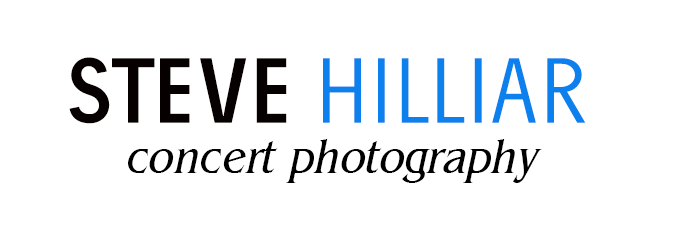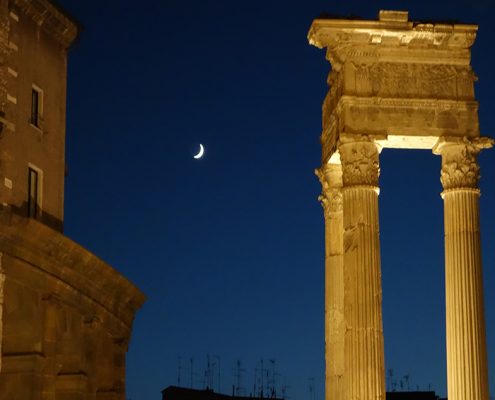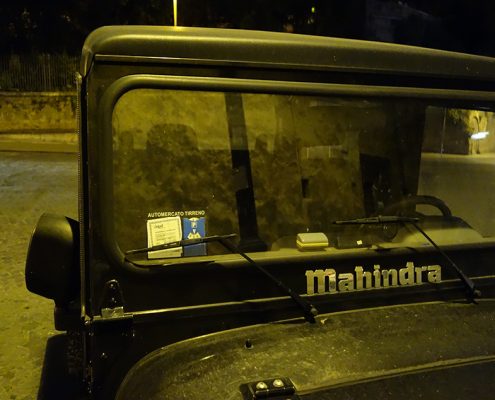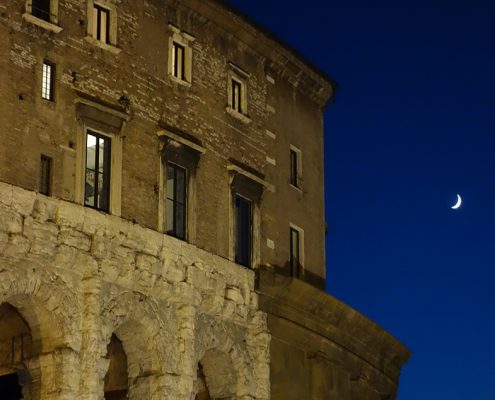Sony RX100 (the case for small).
My trusty little Sony RX100 has served me well on many trips where I could not be bothered carrying my large camera pack with weighty lenses.
The Sony DSC-RX100 is a very compact camera with a bright lens (F1.8), sensor of 13.2×8.8 mm and 20.2 megapixels. The screen is 3 inch, and like most cameras today, it can record video in full HD, 1920×1080 pixels. Despite its size and the lack of multiple lenses etc the results are nothing short of amazing. Anyone who wishes to travel but not be bogged down with a lot of pro camera gear really cannot do better than this little gem.
The full frame is the secret (or one of them) and below are the specs.
* Focus peaking display available.
* 3.6× optical zoom, Carl Zeiss T* Vario Sonnar lens (28–100 mm 35mm equivalent focal length range [10.4–37.1 mm actual focal length])
* 3in. TFT LCD (fixed) with 1.29 million dots, using RGBW configuration
* RAW shooting possible (giving enhanced post-capture image editing options)
* 10fps shooting capability at 20.2MP resolution.
* 1in. type (13.2 × 8.8 mm) CMOS Exmor sensor (2.7x crop factor). This uses the “Column-Parallel A/D Conversion Technique” to create more detailed images in low light conditions than smaller-sensor cameras.[5]
* FULL HD video shooting (AVCHD, 50fps) M, A, S, P modes available
* Tiltable pop-up flash, allowing ‘bounce flash’.
* Large maximum aperture, F1.8-F4.9 Carl Zeiss Vario-Sonnar T* lens.[6]
Now we do know there is declining compact camera market, mainly due of course to the fact mobile phone manufactures have been able to enhance the capabilities of camera technology to produce good images and video in one multi functional unit. Many camera manufacturers are now producing higher image quality and those packages are becoming smaller. A large sensor size is the key to producing good image quality, and here Sony has chosen a 20.2MP 1-inch Exmor CMOS sensor, which in terms of size is the same as that found in the Nikon 1 J1, and is only beaten in the compact arena by the Fujifilm X100 and Canon G1X.
HOWEVER there are a other major advantages to be found on the tiny RX100 body, this includes full manual control, its ability to shoot in raw format and a lens with a maximum aperture of f/1.8 at the wide end (28mm equivalent) and f/4.9 at the telephoto end (100mm equivalent). My love of this little beauty of course is the low light capability and some of my efforts in Rome can be seen here. The performance in low light is remarkable and this new technology really was responsible for my rekindled interest in concert photography.Sony uses the same size camera body to store a full-frame sensor in on their very expensive Sony RX1.





